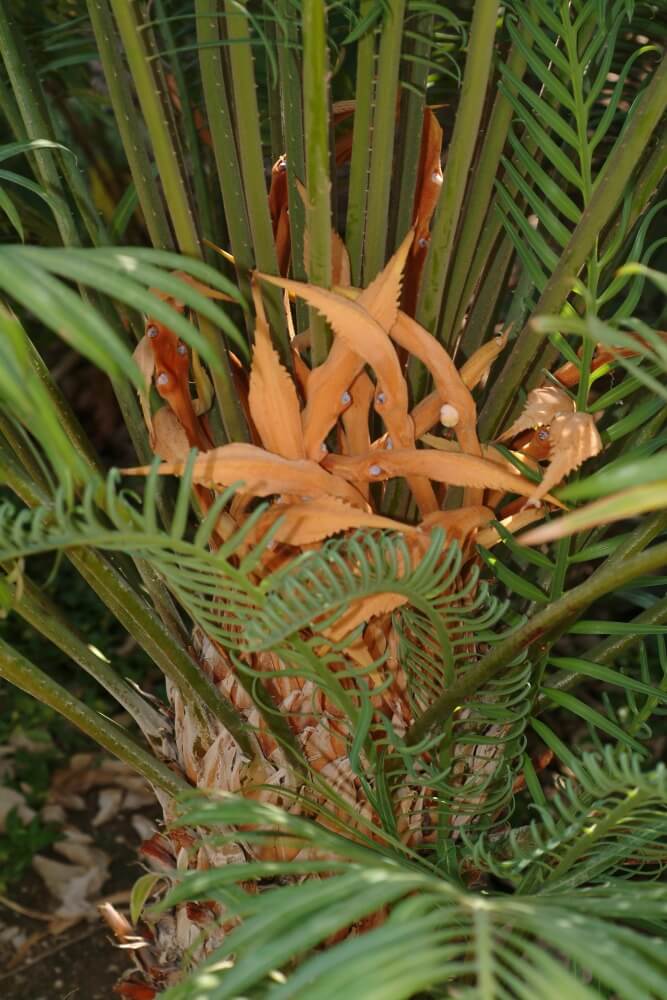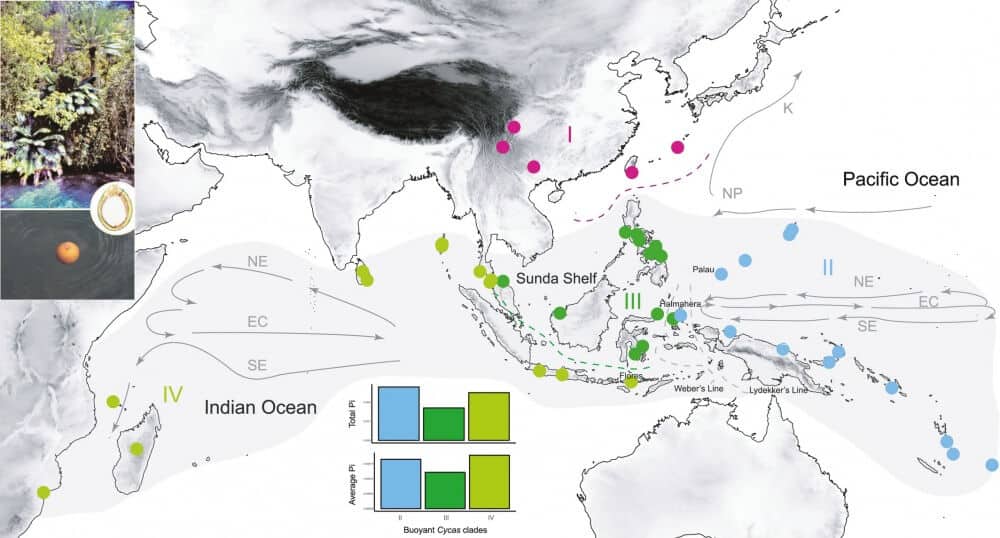Prof. Ran Natan, from the Department of Ecology, Evolution and Behavior at the Hebrew University, took part in a study published in New Phytologist: "The findings are unique evidence of the role of ocean current systems in shaping the distribution patterns and evolutionary history of plants"

The evolutionary history of living things depends largely on the geographic distribution of the taxonomic groups, which often changes over time. When conditions change in a certain area, the local population can disappear (extinction) or remain in the same area after changing traits due to selection (a main mechanism of evolution) or adapt to the new conditions flexibly without selection (a phenomenon known as phenotypic plasticity). Individuals or distribution units from the same population can also reach distant places and establish a new population there, In a process called "long-term distribution".
Although Charles Darwin documented in his book On the Origin of Species (1859) much evidence for the long-term distribution of plants and animals, most researchers in the 20th century They underestimated the importance of long-term distribution Arguing that these distribution events are extremely rare and random, and therefore not amenable to serious scientific study. This trend has changed in the last two decades as researchers demonstrated several mechanisms responsible for long-term distribution, such as ocean currents, climate change and extreme weather events (storms), and migratory birds. However, very few studies have directly examined the role of these mechanisms in determining the geographic dynamics of a particular taxonomic group over millions of years.
Plants of the genus Cycas belong to the earliest evolutionary lineage of plants in the world that exist today. During the Jurassic period, about 200 million years ago, the cycad plants were very widespread all over the world, but at the end of the Cretaceous period, at the same time as the extinction of the dinosaurs about 65 million years ago, most of the species disappeared and a few remains remained as "living fossils" in a small number of sites, mainly in the southeast Asia.
Surprisingly, this ancient group underwent "refreshment" and renewed distribution expansion in the younger geological periods and especially in the Pleistocene (in the last two million years). Today, over 100 species of cycads are known, common in a large variety of habitats in a wide belt around the equator, in Asia, Australia, Africa and America. The cycad species resemble a palm in shape (although they are evolutionarily very far from palms) and are well known to gardening and garden enthusiasts, as well as to dog owners due to the toxins found in the seeds concentrated in giant pine cones in most of the species. About ten species of cycads are characterized by adaptations of the seeds to float in water and are common mainly on the coasts of the western Pacific Ocean and the Indian Ocean around the equator. These species and their spread over the years have been the focus of research by an international group of researchers from China (Peking University and the Kunming Institute of Botany), Thailand (Global Biodiversity Conservancy) and Israel - Prof. Ran Natan from the Department of Ecology, Evolution and Behavior at the Hebrew University. A scientific article on the subject was published a few days ago in the journal New phytologist.

The researchers speculated that the ocean currents They are the main distribution mechanism of this group. To test this hypothesis directly, two different methodologies were combined in the study. Genomic DNA samples of the chloroplast and other maternally inherited organelles ("plastomes") were used to reconstruct the phylogenetic tree, which represents the evolutionary history of the 10 species. Computer simulations of the movement of objects transported by ocean currents were used to test the fit between the models expected according to this distribution process and the models of geographic change during the evolutionary history reconstructed with the help of plastomes. In accordance with the knowledge of the group, the analysis of the plastomes showed extreme conservatism without noticeable changes until a dramatic split during the Pleistocene into three subgroups, one in the Pacific Ocean, the second in the Sunda Shelf (Southeast Asia) and the third in the Indian Ocean.
The distribution simulations fit well with the distribution model of ten species of Cix during the Pleistocene. Drift tracks in the ocean currents have shown the potential to transport seeds with a floating mechanism for distances of hundreds and thousands of kilometers, but only in certain tracks which are expected to produce a division into separate geographical areas according to the current situation.
"These findings are a unique testimony to the role of ocean current systems in shaping the distribution models and evolutionary history of plants, and the research illustrates the potential inherent in the combination of genomic data and computer simulations for the study of long-term distribution mechanisms that determine the patterns of change in biological diversity in time and space," Prof. concluded this week ' Nathan.
- Is there an arms race in venomous animals as well?
- An international research group gathering at the Hebrew University will deal with the ecology of movement
- "Motion Ecology", an innovative research approach to the study of the movement of living beings, was developed at the initiative of a researcher from the Hebrew University
